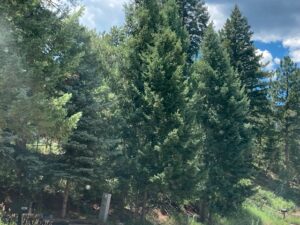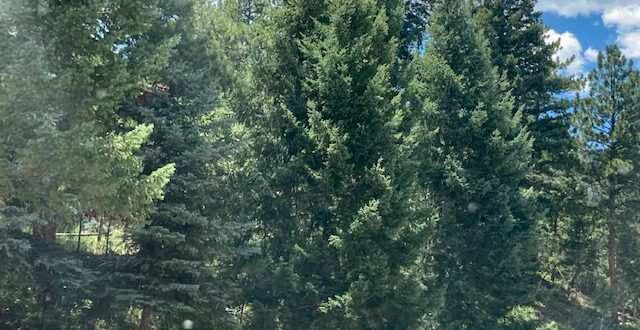Forest Health Issues in Southwest Colorado
Each part of Colorado is suffering from a variety of problems. Wildfires are a concern, but pests and disease are the biggest reasons for the devastation to the forests. The Colorado State Fire Service is keeping an eye on
Southwest Colorado has a problem with three main health issues. By understanding more about them, it’s going to be easy to get the infestations under control to protect the wildlife.
Douglas-Fir Beetle
As the name suggests, the Douglas-fir beetle is a big problem for the Douglas-firs in the area. The beetles have increased in activity around the low-elevation forests, with around 3,500 acres of land affected in 2021. Drought conditions make the infestations worse as tree becomes stressed and more susceptible to attacks.
The CSFS is seeing more activity in overly dense forests. Those that are on the steep, rocky, well-drained slopes are at the most risk, and those that have already suffered from the western spruce budworm are also more likely to be affected by the Douglas-fir beetle.
It’s not just the Douglas-fir that is being affected. The beetle is attacking the mixed-conifer forests around Costilla, Rio Grande, Gunnison, La Plata, Saguache, Archuleta, and Montrose counties. The CSFS is working with residents to help keep the native bark beetle at bay, including the use of pheromone (semiochemical) packets to deter the beetle.
Roundheaded Pine Beetle
Another common pest is the roundheaded pine beetle, which affected around 5,400 acres of forest in 2021. It attacks the ponderosa pine and works with the other bark beetles in the area to kill the trees around the forests. It makes the pest far more complex.
This beetle attacks later in the year, meaning that trees suffer from beetle attacks throughout the growing season. Drought also causes a problem by causing the trees to become stressed.La Plata, Dolores, and Montezuma counties are the most affected, but new infestations were spotted in San Miguel County in 2021.
Mountain Pine Beetle
The third pest is the mountain pine beetle. While it didn’t affect as much forest as the other two, it is still a major concern. New pockets of the beetle spread to north Gunnison Country last year.
Drought conditions are connected to this beetle spreading around the forests. The lodgepole pines rely on melting winter snowpacks, but the drop in snowfall has led to the trees becoming stressed. As drought conditions continue to be a problem, the pest is going to continue to grow.
The CSFS foresters have seen new pockets of beetle-killed trees in East River, Ohio Creek, and Quartz Creek. The Taylor River drainage and Crested Butte are where most of the activity is now. More than 250 acres of infested stands have been treated so far, but there are more treatments planned to protect the forests.
